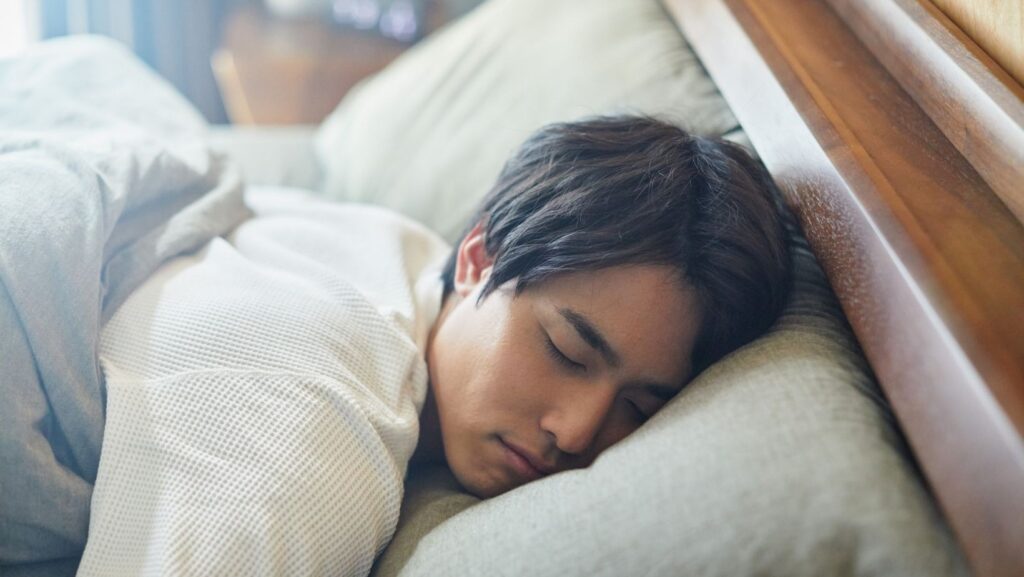Sleep is one of the most vital aspects of our well-being, yet for many, it remains elusive. Cannabis offers a natural way to wind down, but not all strains are created equal. Choosing the right one means understanding what your body needs, from calming terpenes to a balance of THC and CBD.
If you’re unsure where to start, you’re not alone. With a bit of knowledge, you can find a strain that helps you relax, sleep better, and wake refreshed. Let’s explore the options.
Understanding THC vs. CBD for Sleep
First and foremost, there are different cannabis types to understand, and different effects to consider when choosing the right strain for sleep.
THC, the psychoactive compound, can promote drowsiness. However, higher doses may leave you feeling groggy the next morning.
CBD, in contrast, is non-intoxicating. It helps calm the mind without creating a “high.” Many find that a balanced THC-CBD ratio delivers relaxation without morning sluggishness.
If you’re sensitive to THC, strains with higher CBD content may be a better option. Knowing your tolerance and desired effects is key to finding a strain that supports restful sleep.
How Terpenes Affect Relaxation
Terpenes, the aromatic compounds in cannabis, play a significant role in its effects. Some are particularly calming and ideal for sleep.
Myrcene, found in many strains, is known for its sedative properties and earthy aroma. Linalool, commonly found in lavender, provides a soothing floral scent and promotes relaxation.
Other terpenes, like terpinolene and caryophyllene, also contribute to a sense of calm. Paying attention to terpene profiles can help you choose strains tailored to your needs.
By selecting strains rich in calming terpenes, you can create a more effective, natural approach to winding down before bed.
Low-Dose Formats for Gentle Results
Choosing the right cannabis format is just as important as selecting the strain. Low-dose options, such as tinctures, capsules, or edibles, allow for precise control over intake.
These formats provide a consistent experience, helping you avoid overconsumption that can lead to next-day grogginess. Tinctures, taken under the tongue, work quickly, while capsules and edibles offer a gradual onset.
For beginners or those with sensitivity to THC, microdosing, which means using very small amounts, can promote relaxation without overpowering effects. Starting with low doses and adjusting as needed ensures a gentler, more predictable path to restful sleep.
Timing Cannabis Use for Better Sleep

The timing of cannabis use can significantly impact its effectiveness for sleep, particularly if you’re looking to combine it with other strategies that help you doze off in noisy environments. Consuming it too close to bedtime may cause delayed effects or over-relaxation, while taking it too early may wear off before you fall asleep.
For fast-acting methods like tinctures or vaping, try using them 30 minutes before bed. For slower-acting edibles or capsules, consider taking them 1 to 2 hours in advance.
Consistency is also important. Using cannabis at the same time each evening can help your body establish a reliable sleep routine. Proper timing ensures smoother relaxation and a more restful night’s sleep.
Journaling Effects to Track Progress
Keeping a journal can help you fine-tune your cannabis use for better sleep. Record the strain, dosage, format, and time of use each night, along with how you felt before and after sleeping.
Over time, patterns will emerge, showing which combinations work best for your body. You may discover specific strains or terpene profiles that consistently improve your rest.
Journaling also helps identify any side effects, such as grogginess or restlessness, so you can adjust your approach accordingly. Tracking these details creates a personalized roadmap, ensuring your cannabis choices effectively support your sleep goals.
Safety Tips for Medical Conditions
If you have a medical condition, it’s important to approach cannabis use with care. Speak with a healthcare provider before incorporating it into your routine, especially if you take medications that might interact with THC or CBD.
Start with low doses to minimize potential side effects, like dizziness or changes in blood pressure. For conditions like sleep apnea, consult a specialist to ensure cannabis is a safe option.
Always choose lab-tested products to avoid contaminants, and avoid smoking if you have respiratory concerns. Prioritizing safety ensures cannabis supports your sleep without compromising your overall health.
Final Thoughts
Finding the right cannabis strain for sleep takes some experimentation, but understanding THC, CBD, terpenes, and dosing makes the process easier.
By tracking your results, timing use carefully, and prioritizing safety, you can create a personalized approach to better rest. Small adjustments lead to meaningful improvements in your sleep quality.

